
Miki Doi
I’m a UX Designer with a passion for creating human-centered products. I focus on blending fun interactions with technology to bring ideas to life for people.

I’m a UX Designer with a passion for creating human-centered products. I focus on blending fun interactions with technology to bring ideas to life for people.
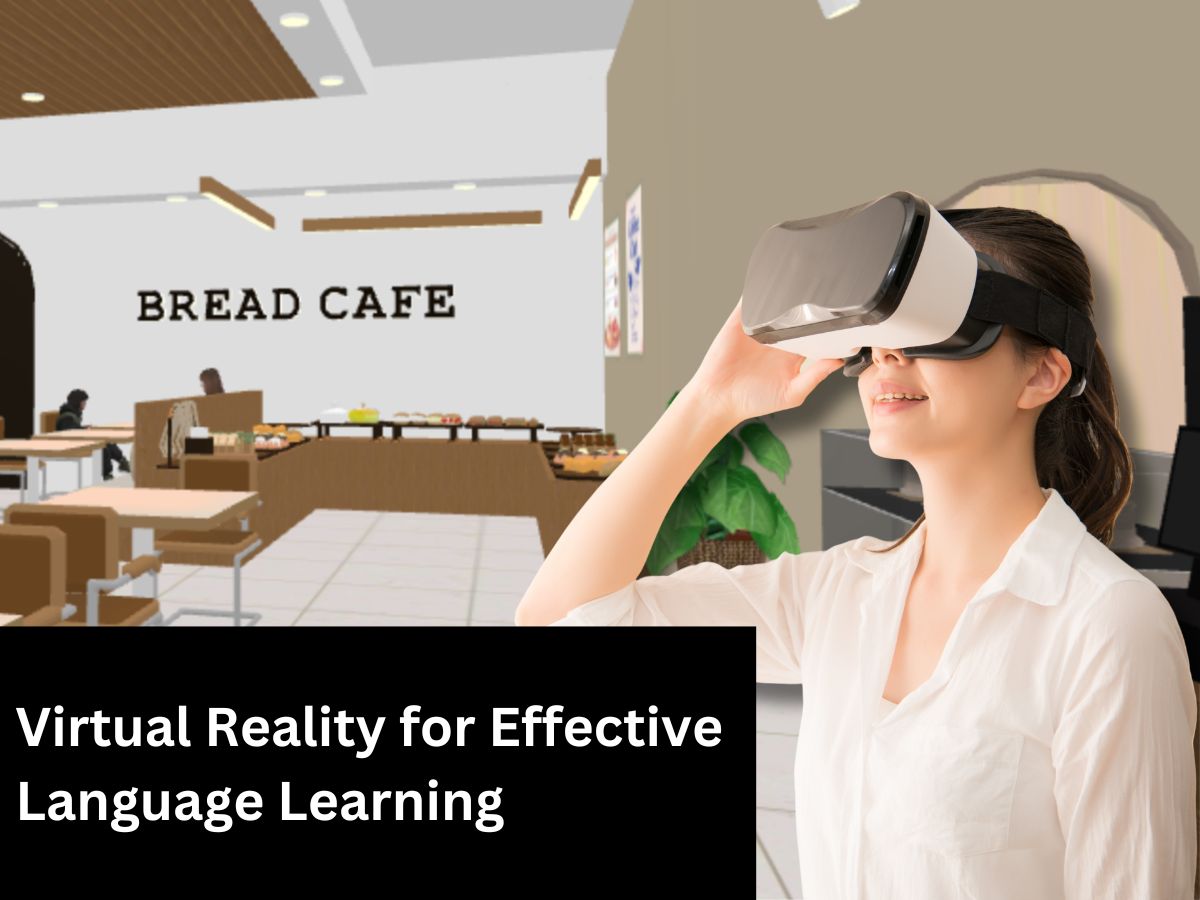
This project explored how different levels of realism in virtual reality (VR) environments impact the effectiveness of situational language learning for English as a second language (ESL) learners.
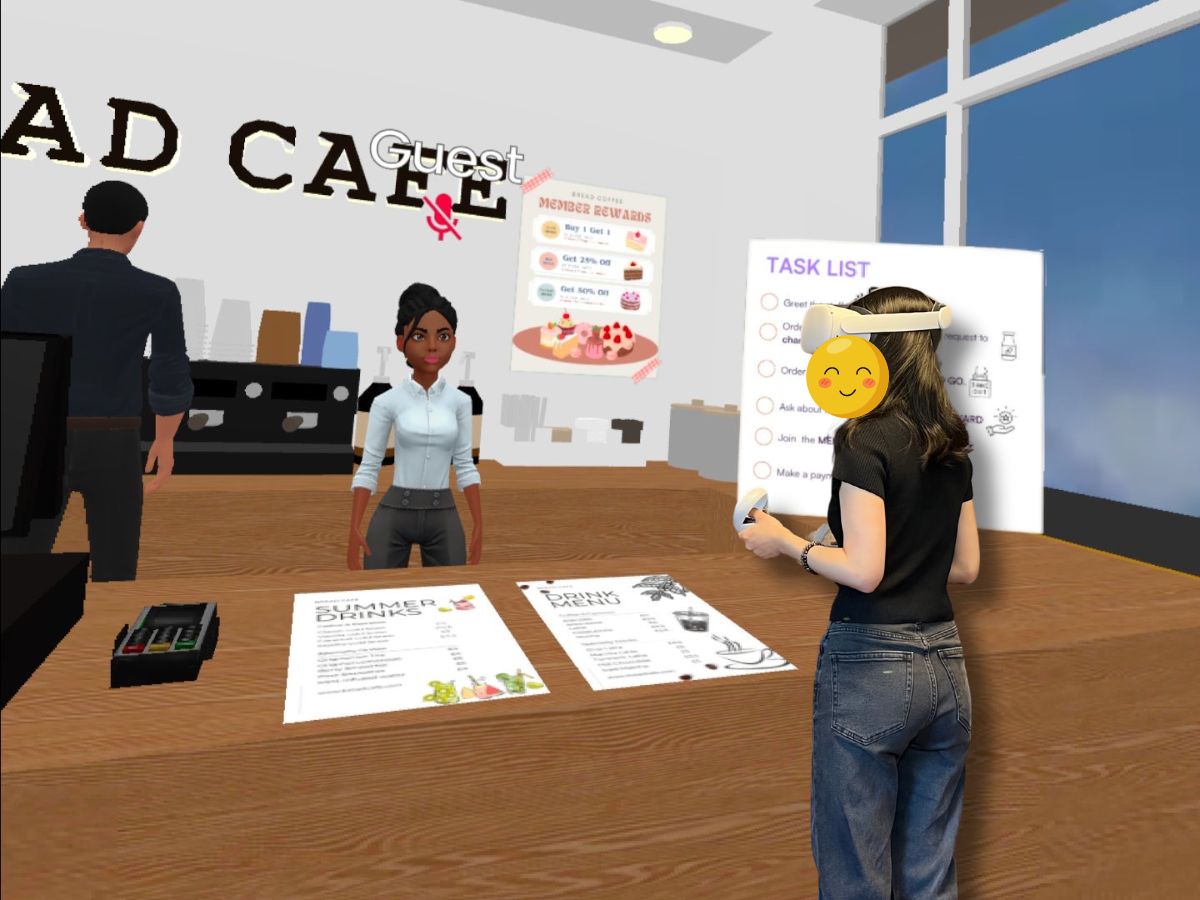
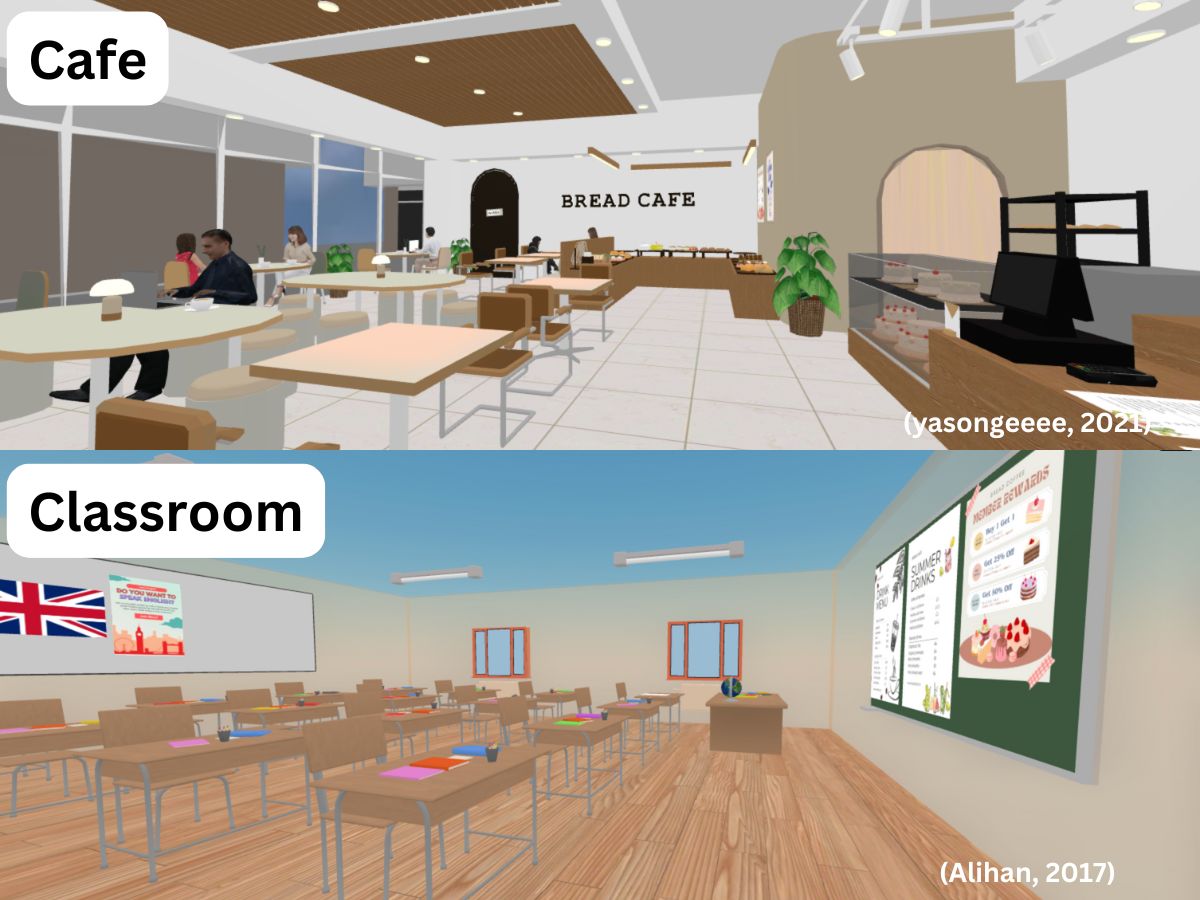
Design and evaluate two distinct virtual reality environments.
These environments were developed to assess how realism impacts ESL learners’ emotional engagement and sense of presence during language learning tasks.
The models from Sketchfab were used to create the two environments (yasongeeee, 2021 for the café; Alihan, 2017 for the classroom).
High-context realism environment would elicit higher positive emotions and a stronger sense of presence.
High Context Realism
Neutral Context Realism
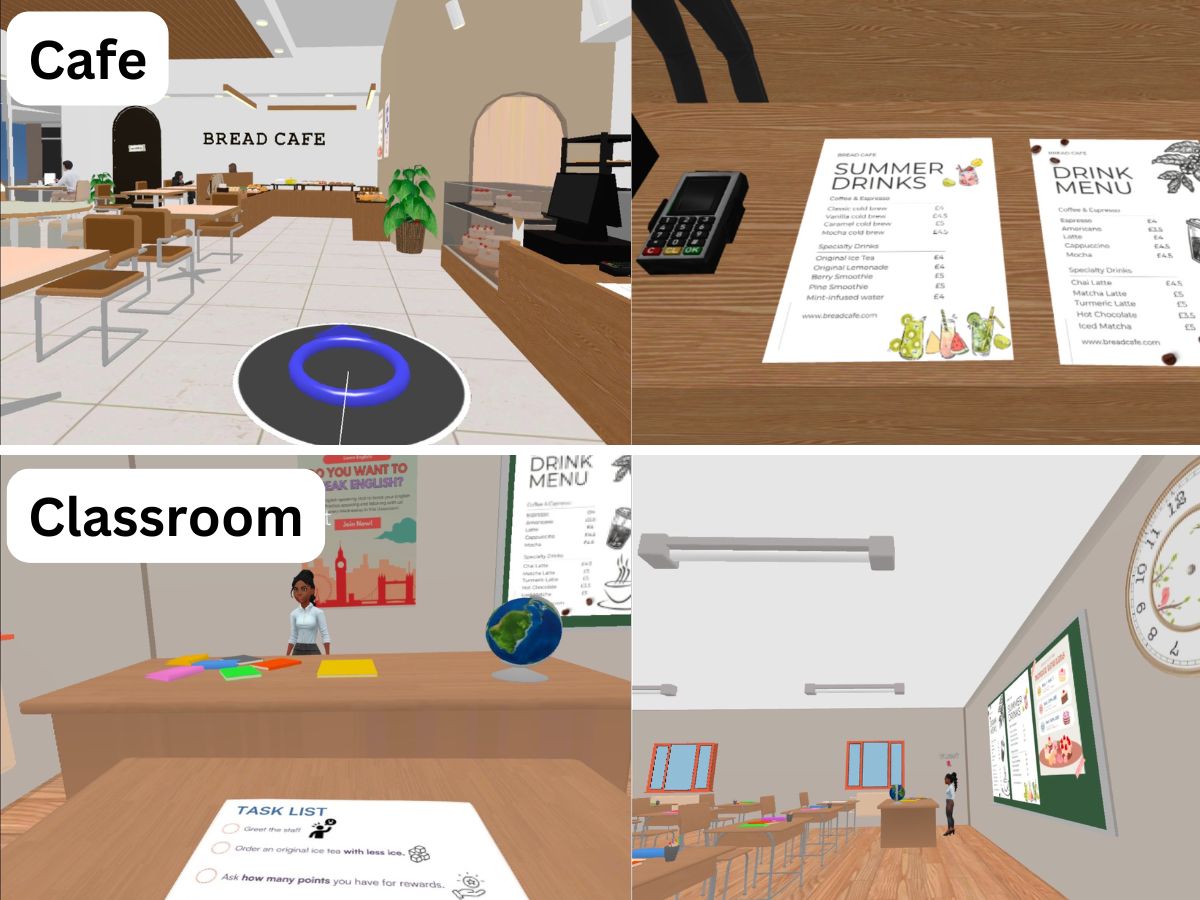
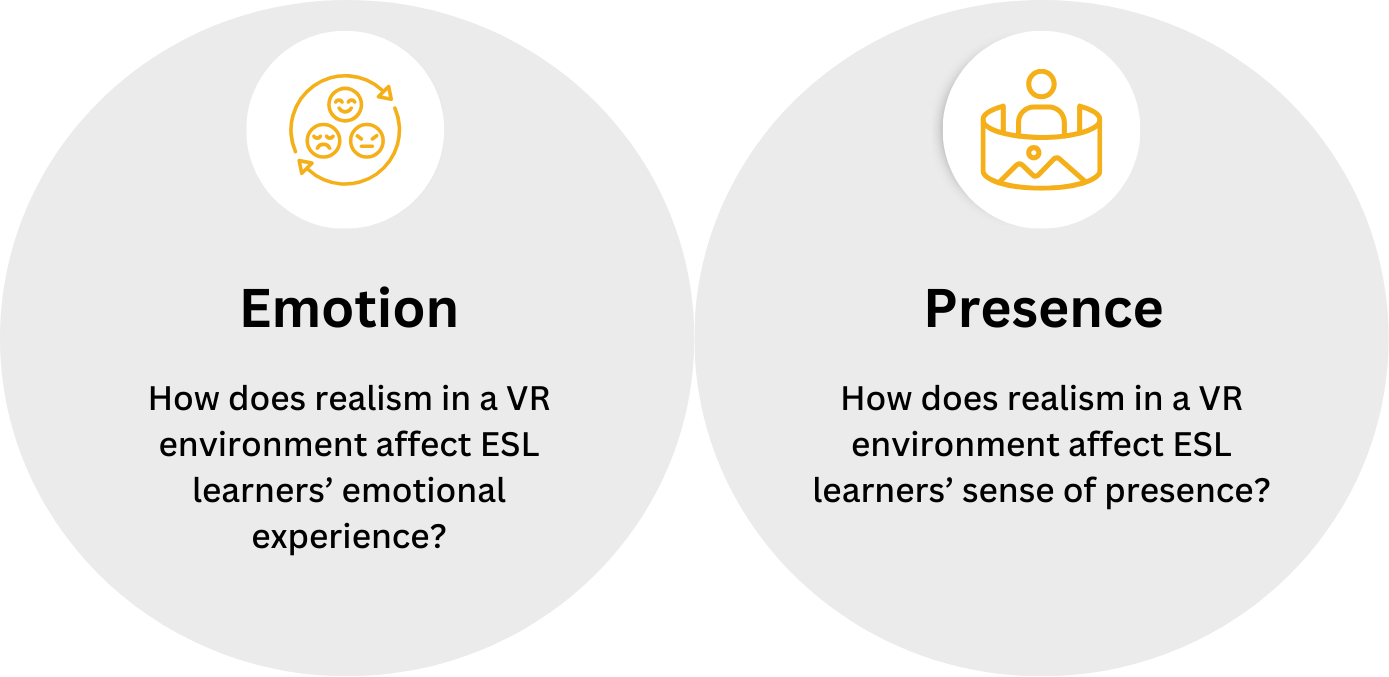
How do varying levels of realism in VR environments affect ESL learners during situational language learning?
Traditional language learning methods, such as classroom teaching or app-based learning, often lack immersive experiences that help learners practice real-life conversations.
Virtual reality offers a unique opportunity to immerse language learners in context-specific environments where they can practice real-life scenarios. VR also allows learners to practice conversational skills in relaxed, low-pressured, anxiety-free settings (Huang et al., 2021).
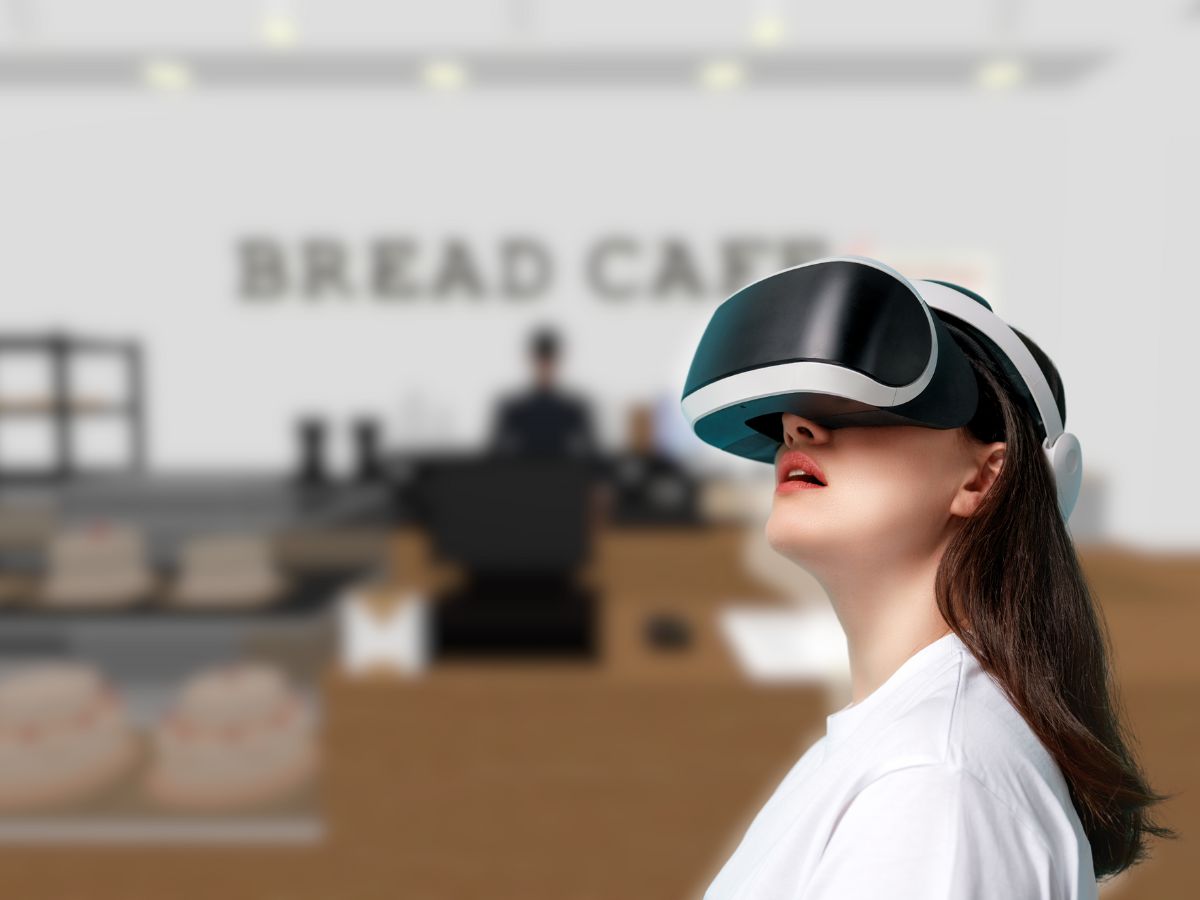
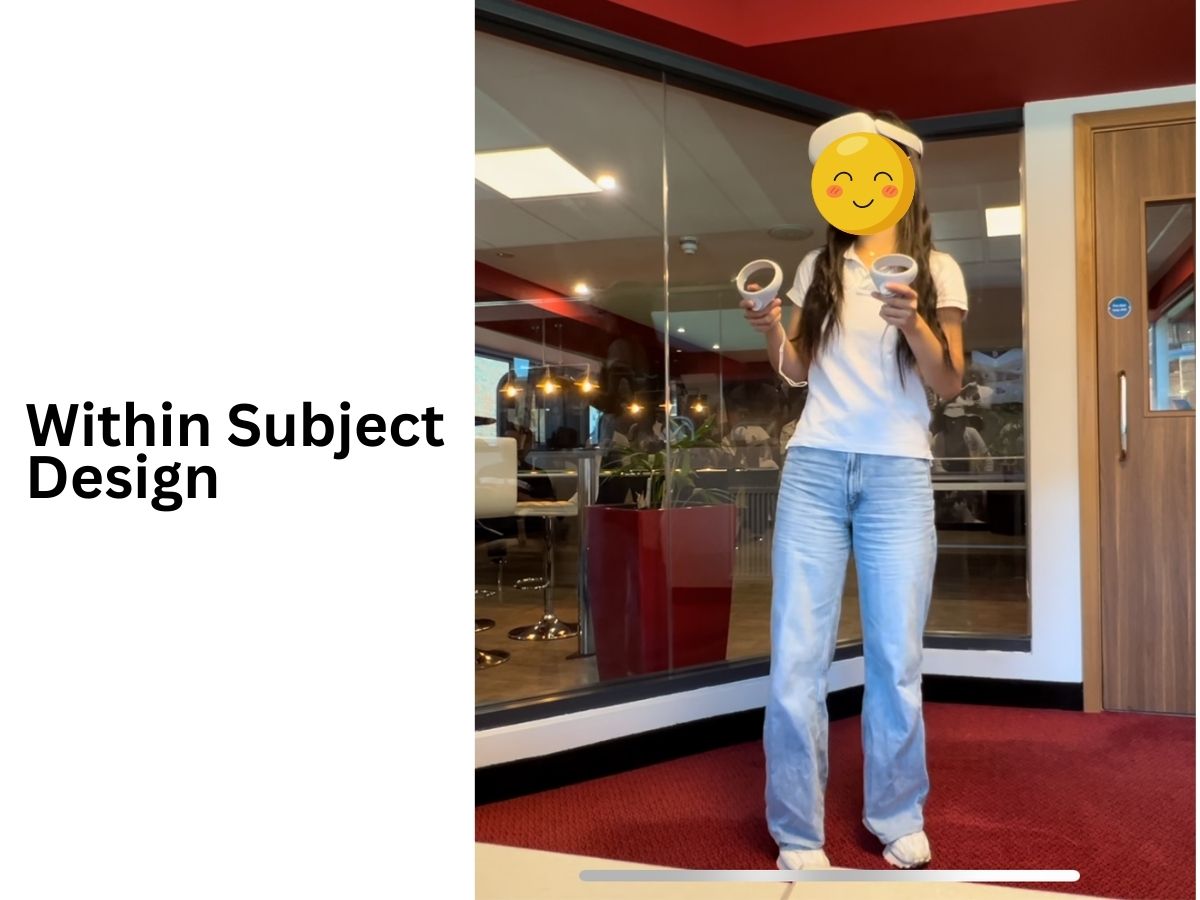
Thirteen ESL learners completed language tasks of varying difficulty within these environments.
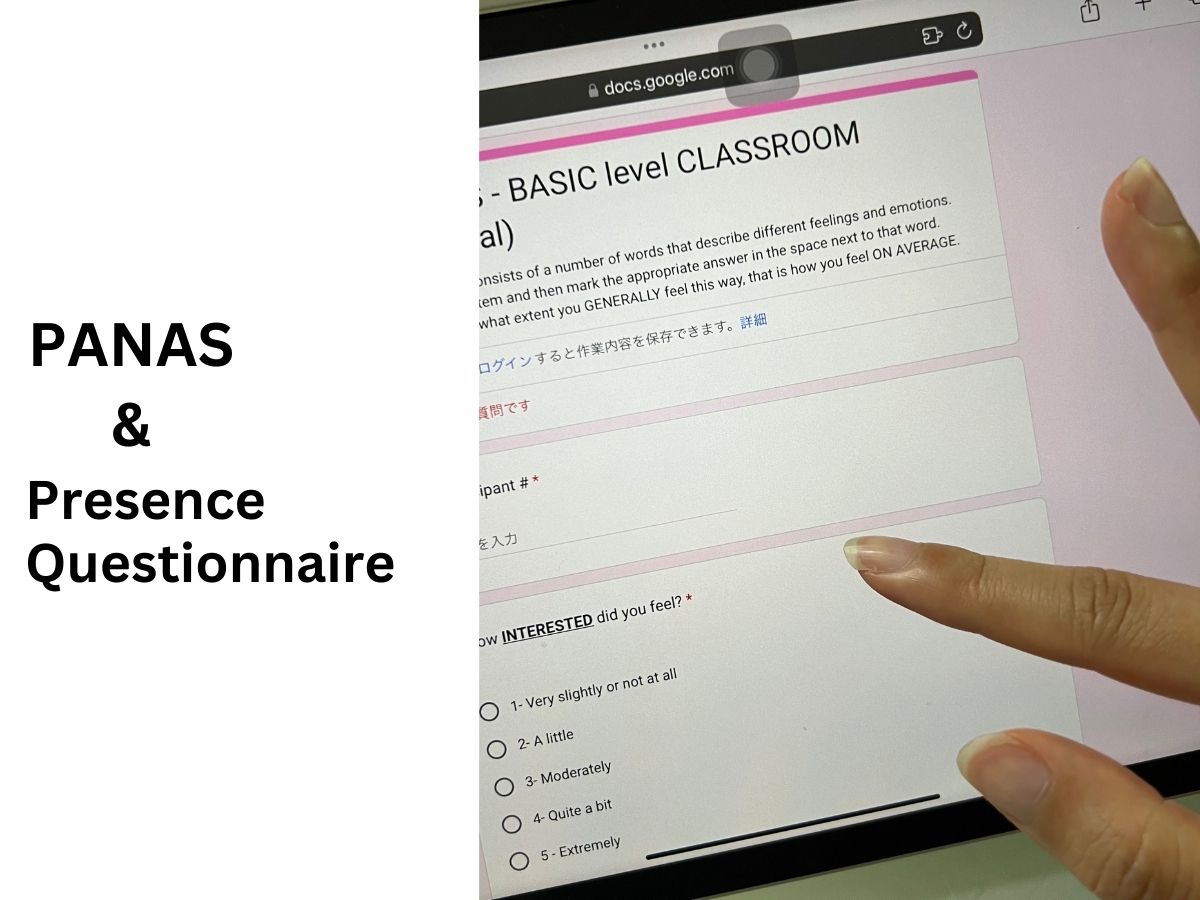
Participants were asked to answer the PANAS (positive and negative affect schedule) scale for emotional responses
(Watson, Clark and Tellegen, 1988), and the Presence Questionnaire for measuring the sense of presence (Witmer and Singer, 1998).
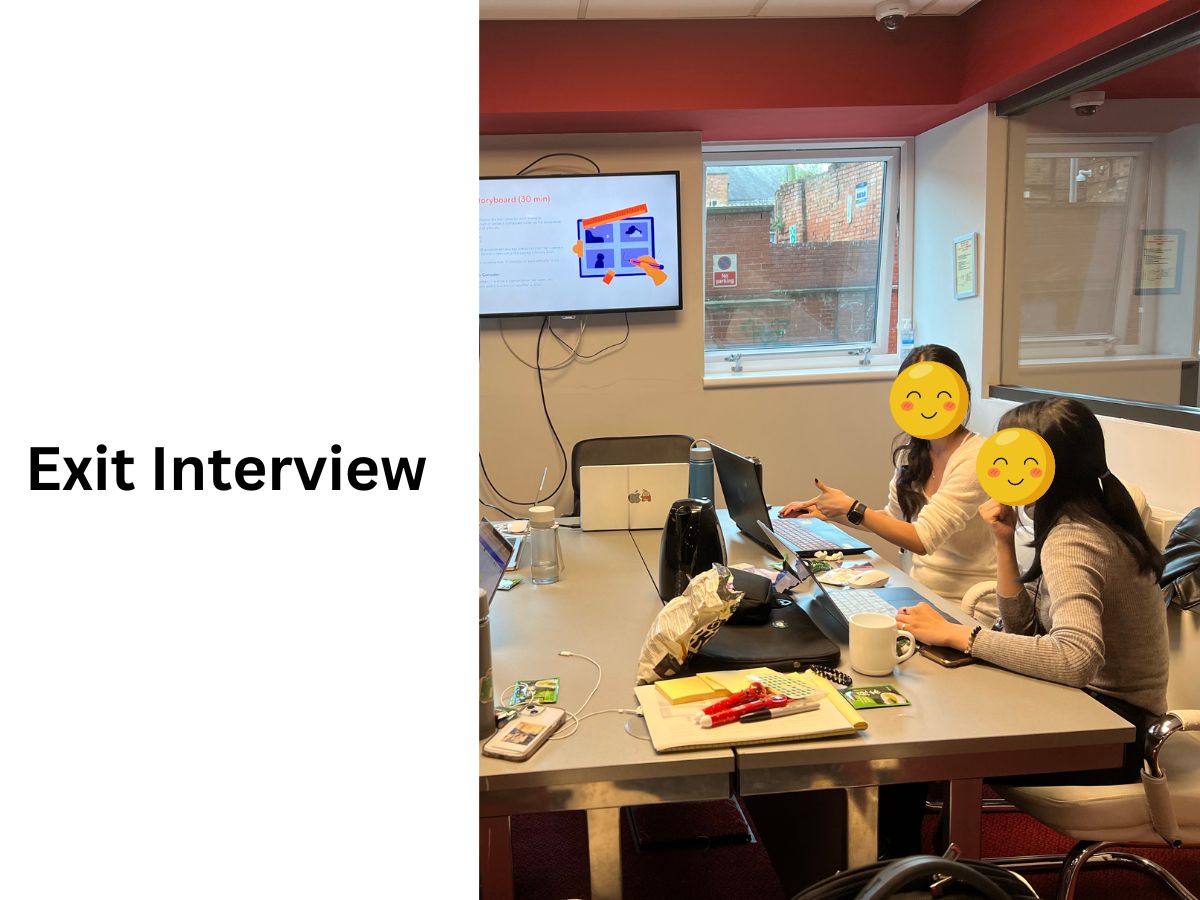
Exit interviews were conducted to gather in-depth insights into their experiences using the VR environments.
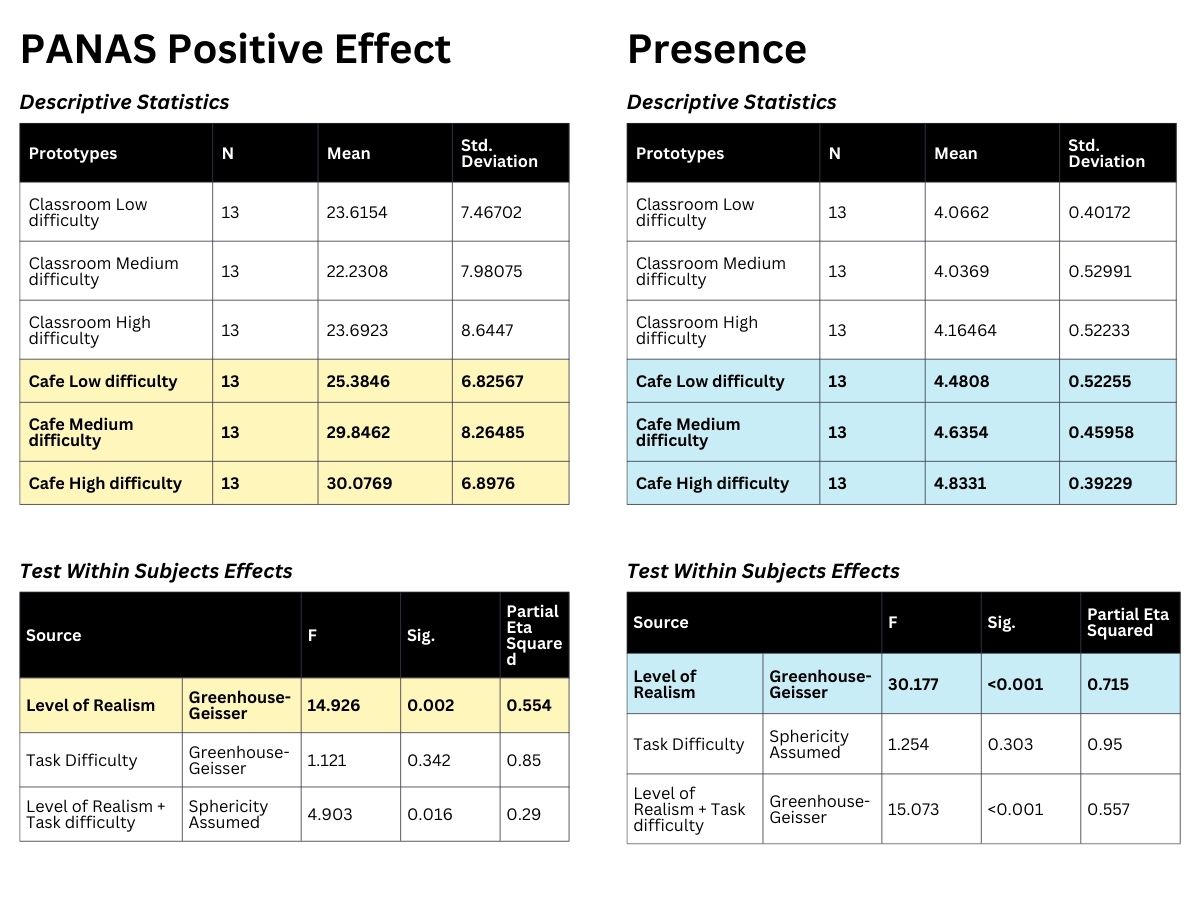
Results showed that learners in the high-context realism café environment experienced significantly higher levels of positive emotions and a stronger sense of presence than those in the neutral classroom.
Emotional engagement and presence were critical in enhancing language learning outcomes, as learners reported feeling more immersed and motivated in the realistic setting.
Looking ahead, VR presents exciting opportunities to scale language learning in diverse settings, from cafes and airports to workplaces and beyond.
Future research should also explore how different cultural backgrounds, levels of language proficiency, and longer exposure to VR environments impact learning outcomes. Expanding VR scenarios to include professional or more diverse social contexts may provide richer language learning experiences.
Best Client Relationship – Mentor’s Award in UXathon23
Runner Up for Best Concept Award in UXathon23
UX Designer with four years of diverse experience in Operations IT and Project Management.